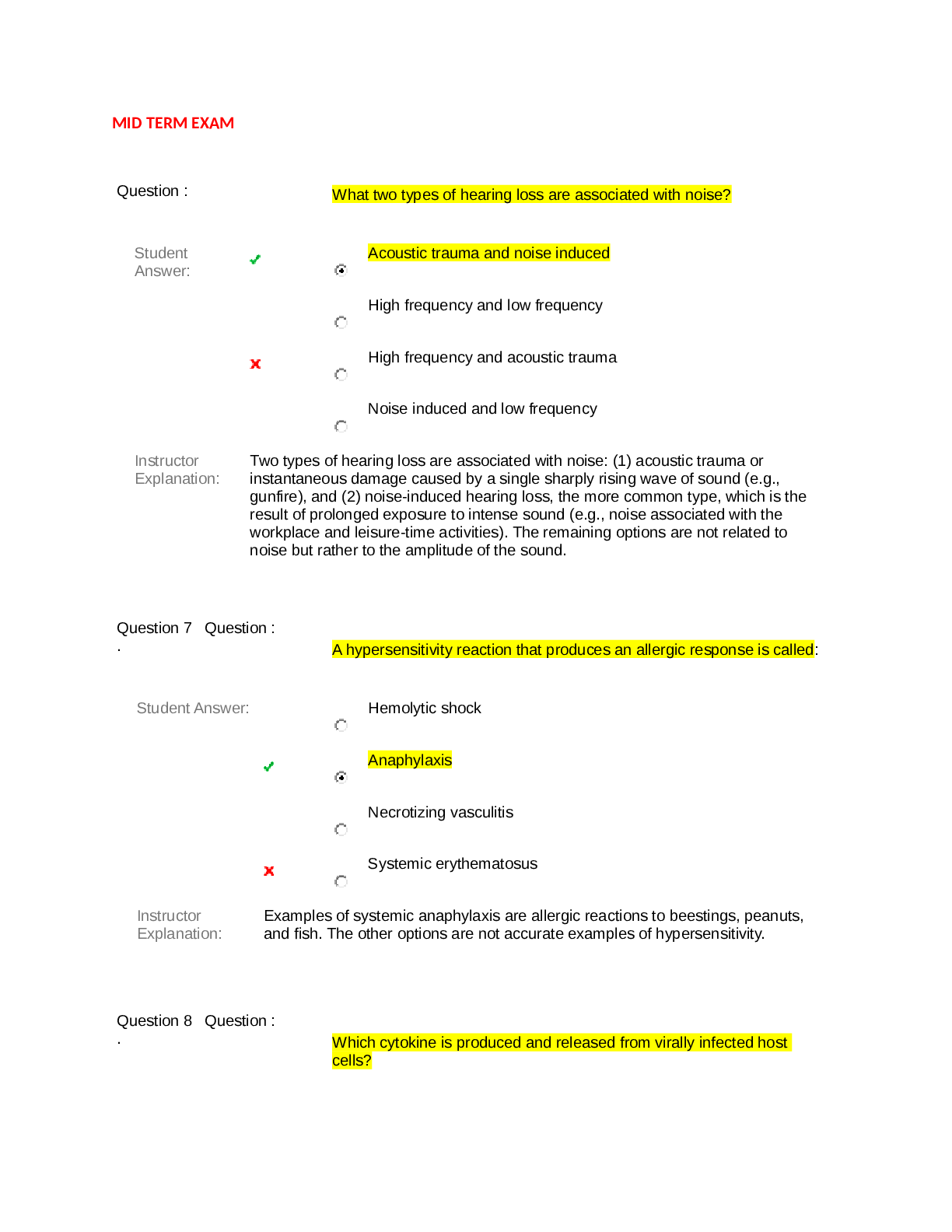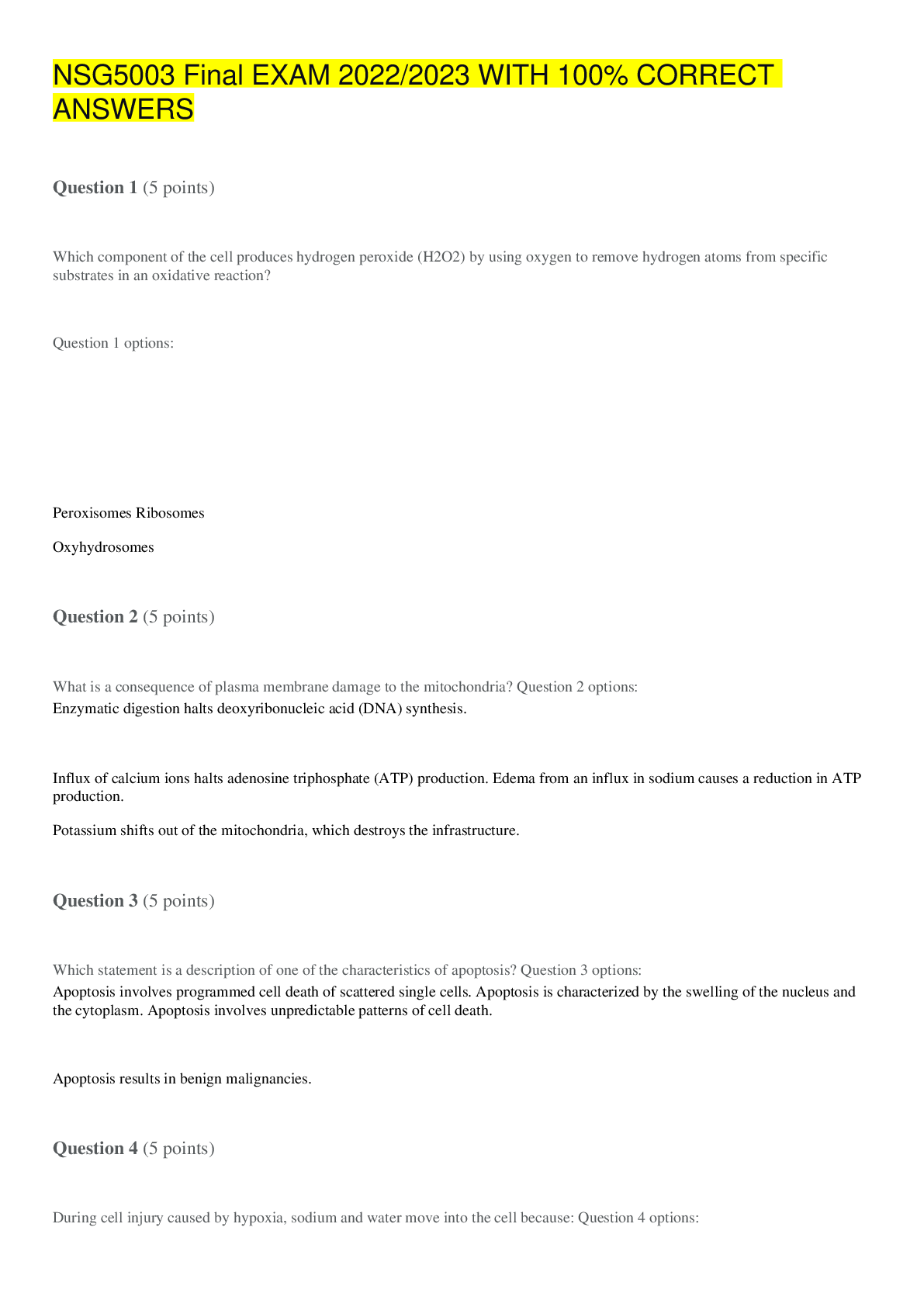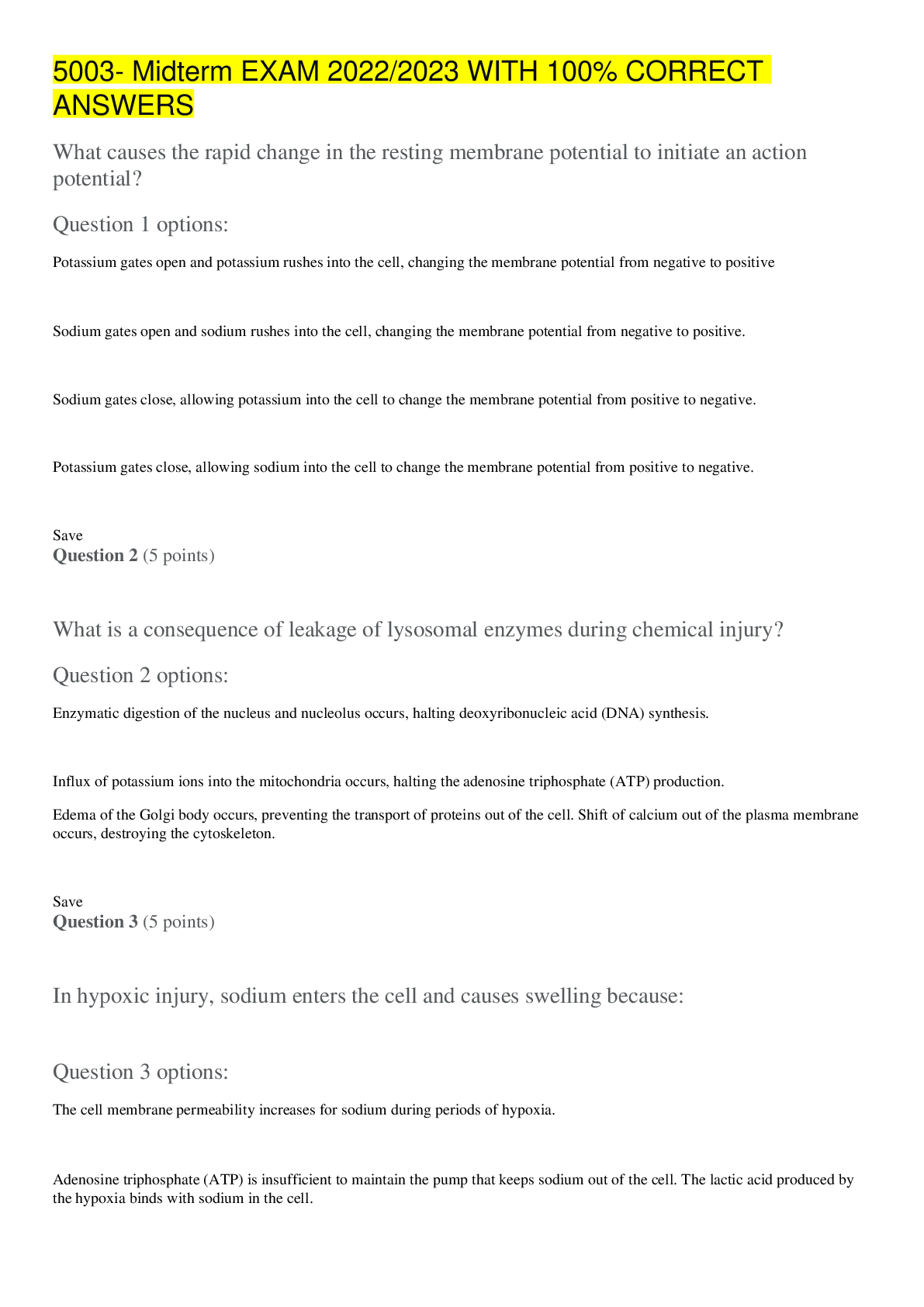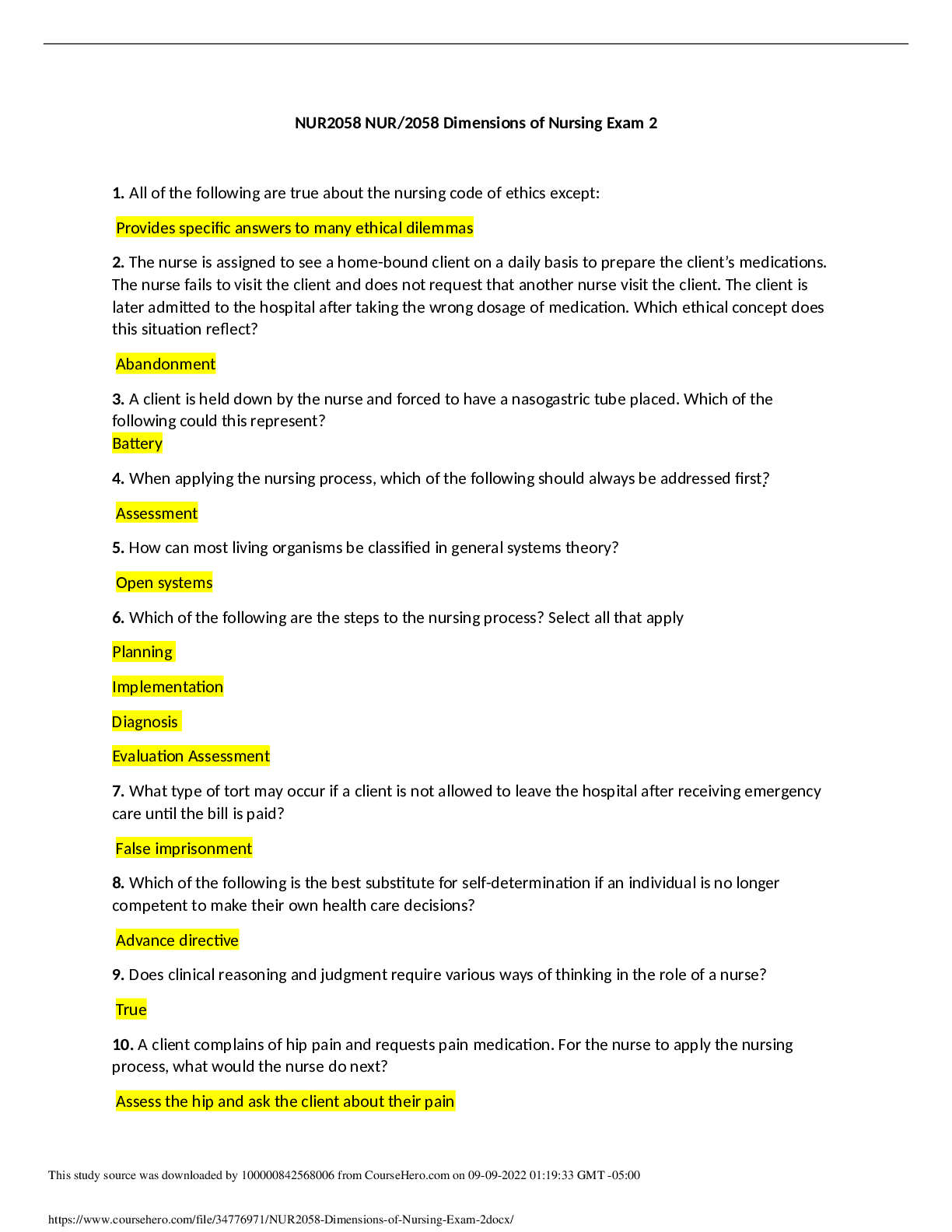NUR 3276 Brenda Patton vSim ( Complete Solution Rated A)
Document Content and Description Below
CONCEPT MAP WORKSHEET DESCRIBE DISEASE PROCESS AFFECTING PATIENT (INCLUDE PATHOPHYSIOLOGY OF DISEASE PROCESS) Group B streptococcus (GBS) is a naturally occurring bacteria found in approximately 5... 0% of healthy adults. GBS affects about 1 in every 2,000 newborns in the United States (March of Dimes, 2015f). Women who tests positive for GBS are not sick, however, they are at increased risk for passing the bacteria to their baby during birth. Although GBS is hardly and rarely serious in adults, it can be life threatening to newborns. GBS is the most common cause of sepsis and meningitis in newborns and is a frequent cause of newborn pneumonia (Puopolo, Madoff, & Baker, 2015). Newborns with early-onset (within a week after birth) GBS infections may have pneumonia or sepsis, whereas late-onset (after the first week) infections often manifest with meningitis (CDC, 2015i). This illness can occur in fetus within 6 hours of birth (early onset) or weeks or months after birth (late onset). DIAGNOSTIC TESTS (REASON FOR TEST AND RESULTS) Group B Streptococcus- GBS bacteria screening is done when the woman is 36 to 37 weeks pregnant to detect the presence of GBS, which can be harmful to the fetus - POSITIVE PATIENT Name: Brenda Patton Age: 18 Sex: F DOB: 1/6/02 Adm: 5/23/20 Dx: rupture of membrane/labor and birth Hx: no significant medical Hx Allergies: NKA Smoker: yes ( ½ pack a day) Gestation age: 38 weeks ANTICIPATED PHYSICAL FINDINGS In fetus: - Fever - Difficulty feeding - Sluggishness and lethargy - SOB - Irritability - Jaundice In adult: - UTI - Bacteremia - Pneumonia ANTICIPATED NURSING INTERVENTIONS - Assess VS q4h and as needed. - Assess temp q1h if membrane ruptures. - Assess characteristic of amniotic fluid - Assess maternal and fetal responses to labor - Use nonpharmacological interventions to treat pain (pt wants natural birth with no drugs) - Determine, evaluate, and record intermittent auscultation, or review and document the electronic fetal monitor (EFM) tracing of FHR q30min during the active phase of the first stage of labor and at least q15min during the active, pushing phase of the second stage of labor. - Monitor mother’s neurological status for signs of complications that would suggest she is preeclamptic. [Show More]
Last updated: 2 years ago
Preview 1 out of 16 pages

Buy this document to get the full access instantly
Instant Download Access after purchase
Buy NowInstant download
We Accept:

Reviews( 0 )
$18.50
Can't find what you want? Try our AI powered Search
Document information
Connected school, study & course
About the document
Uploaded On
May 05, 2021
Number of pages
16
Written in
Additional information
This document has been written for:
Uploaded
May 05, 2021
Downloads
0
Views
87



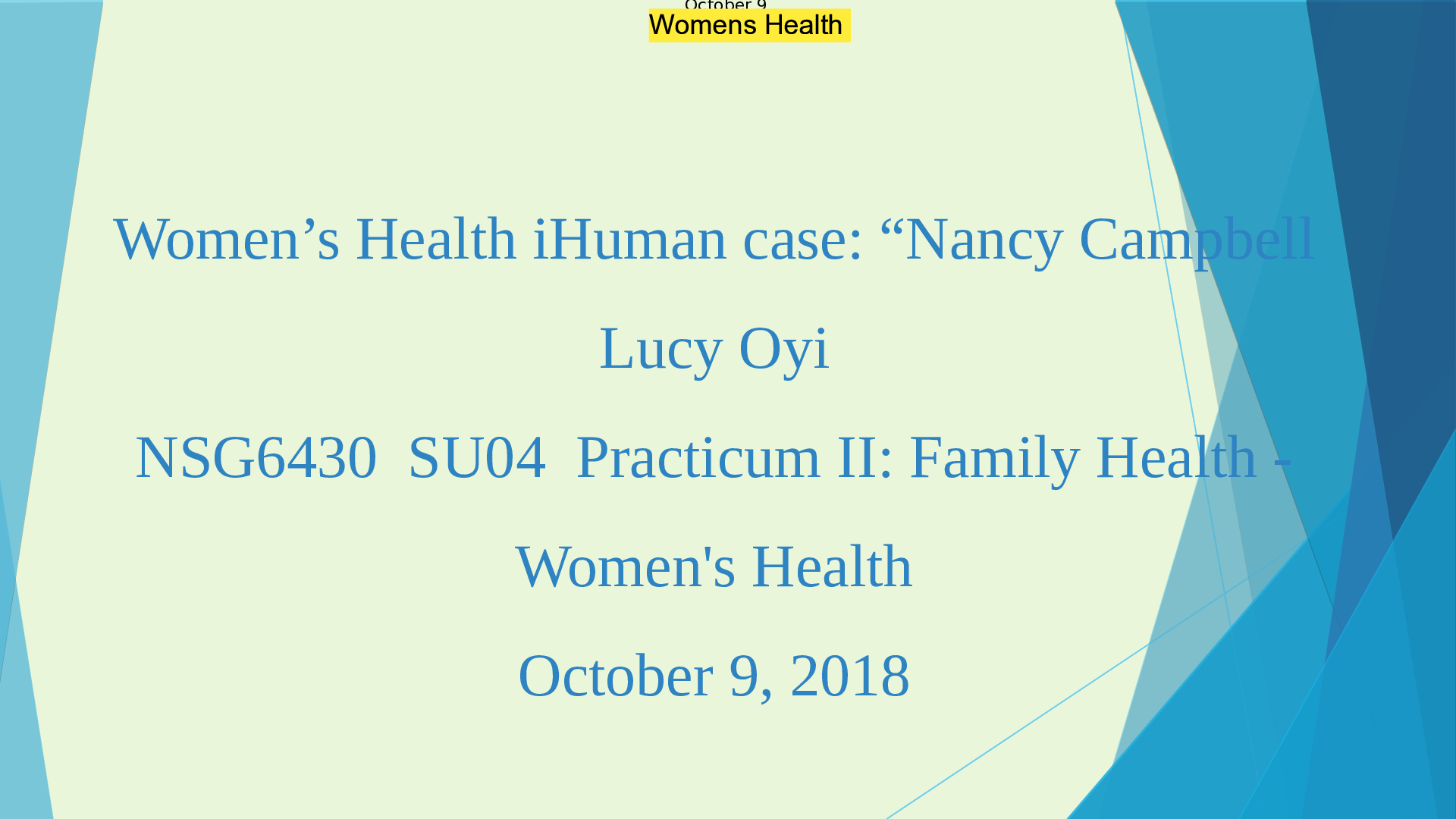
.png)
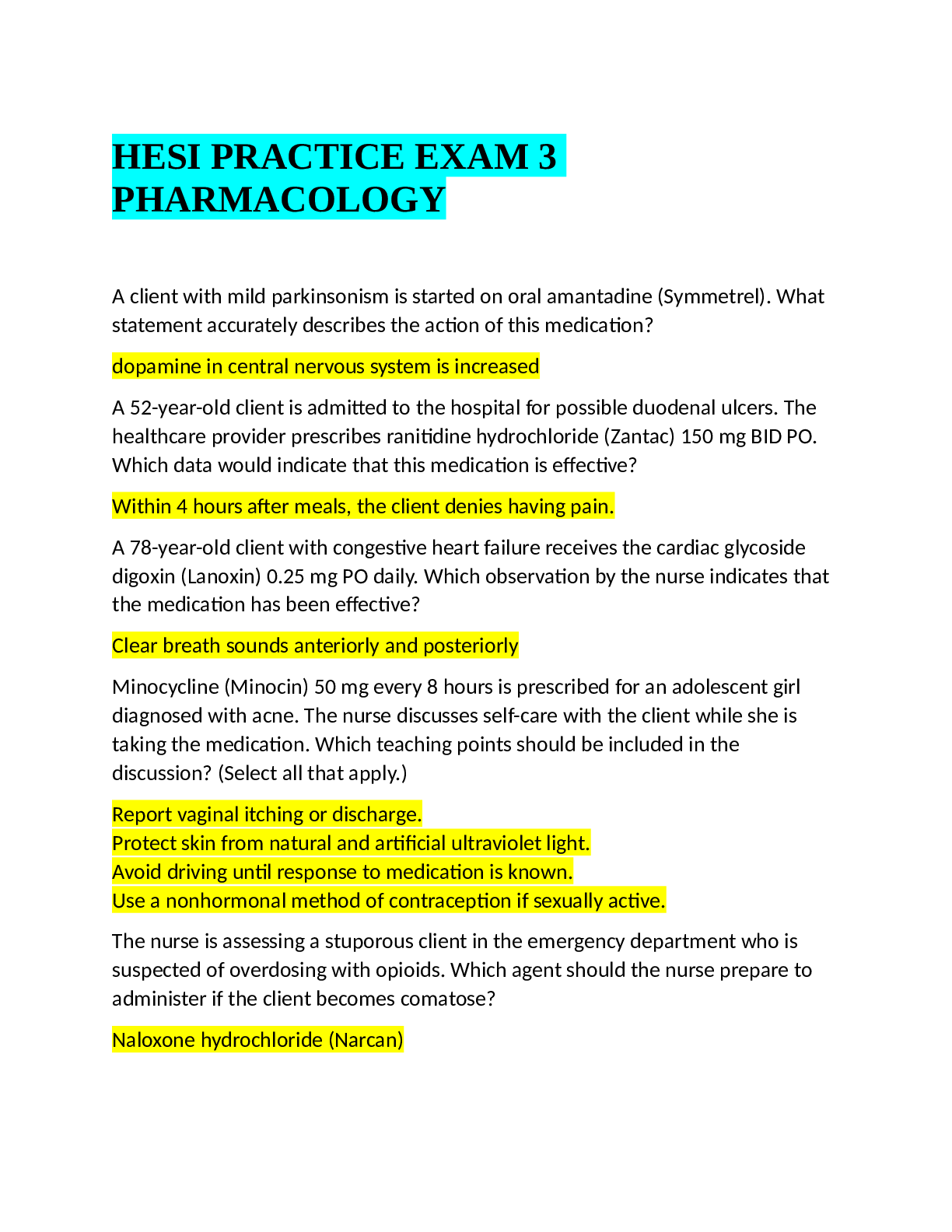
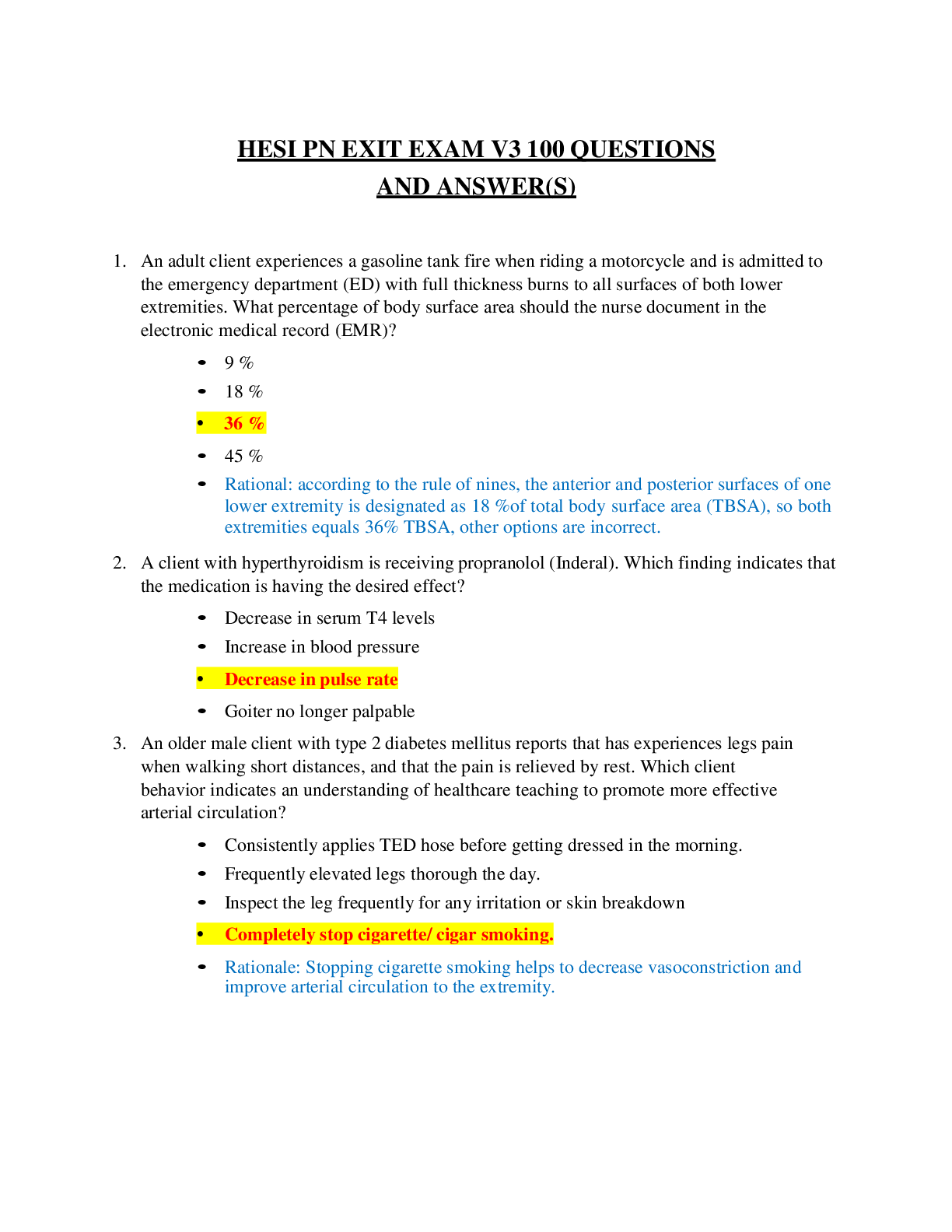




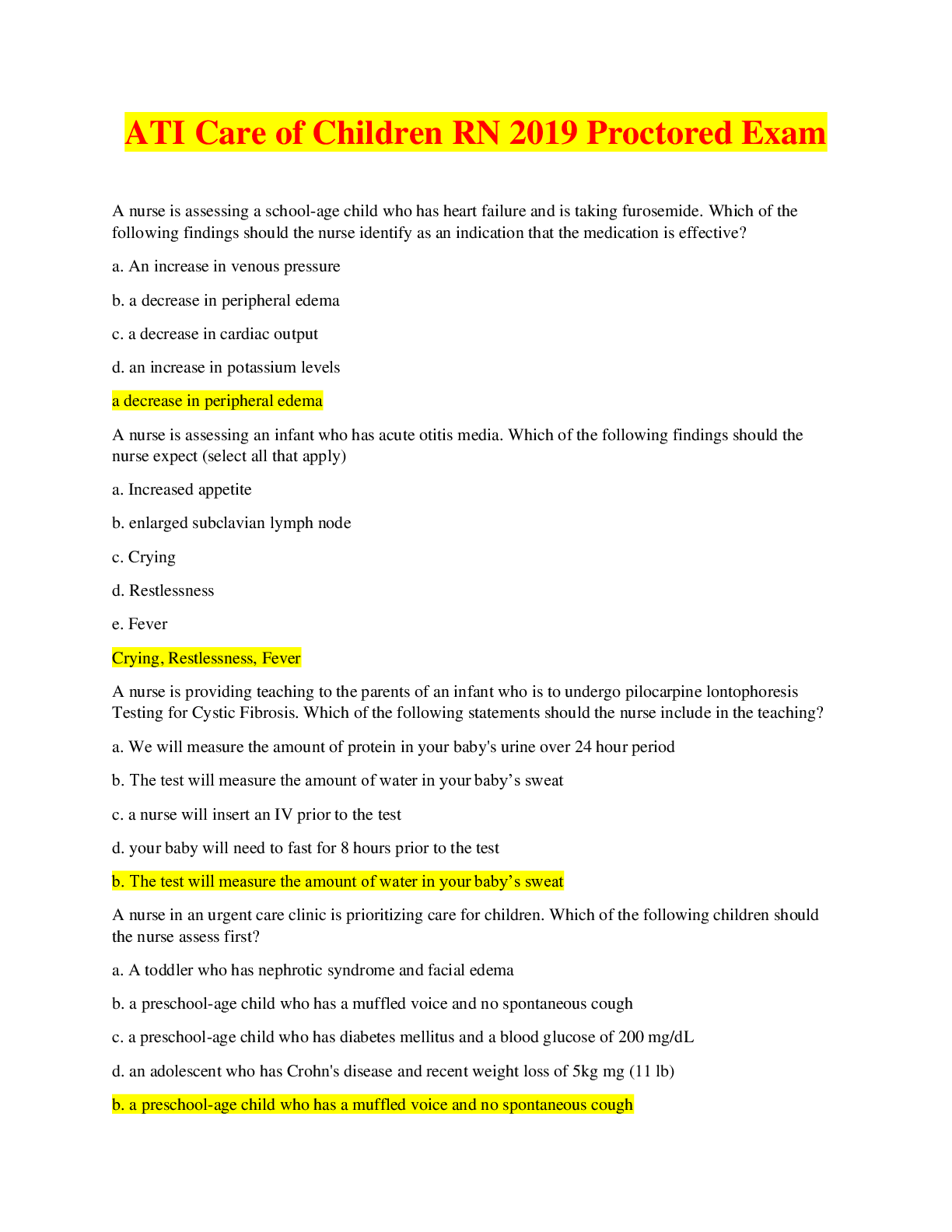
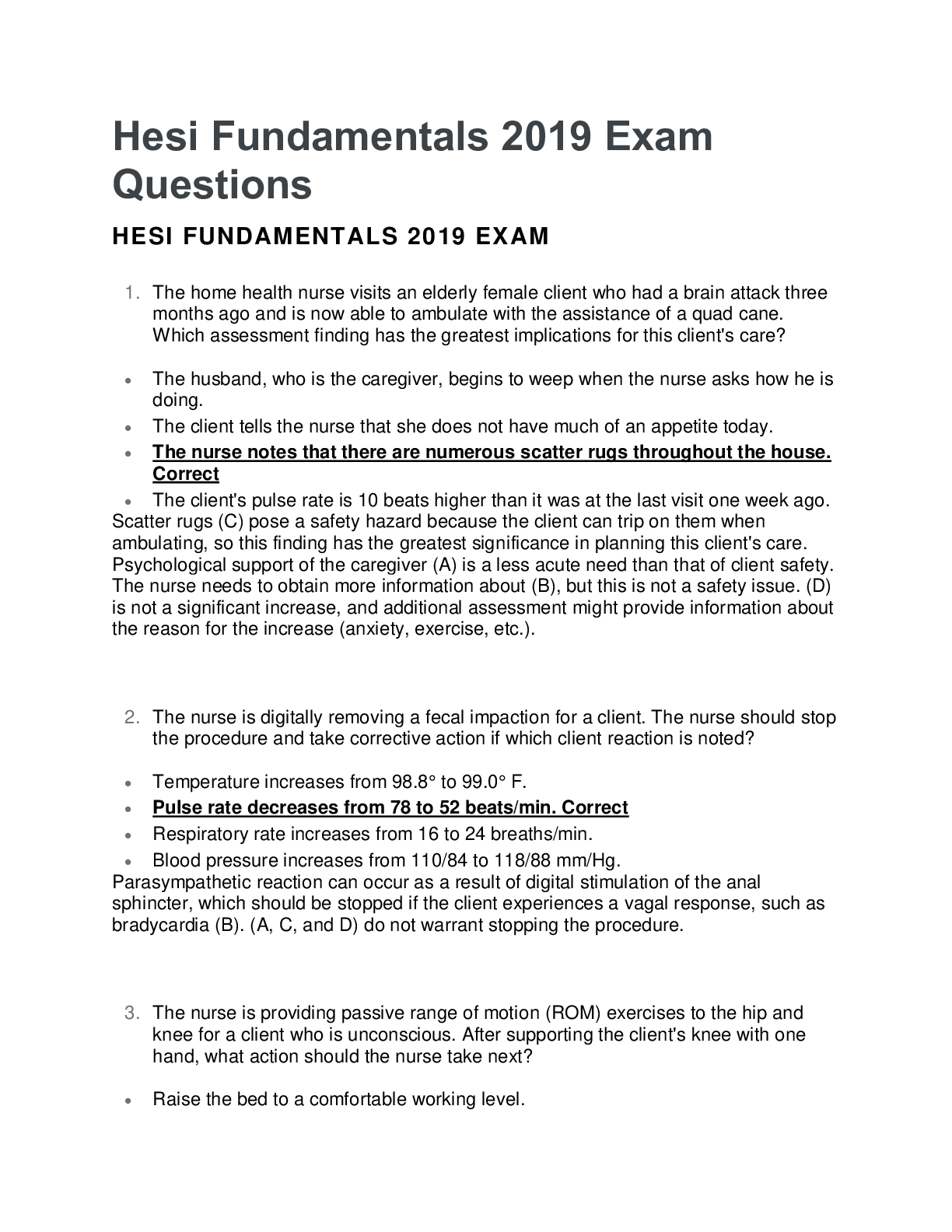
.png)

.png)


